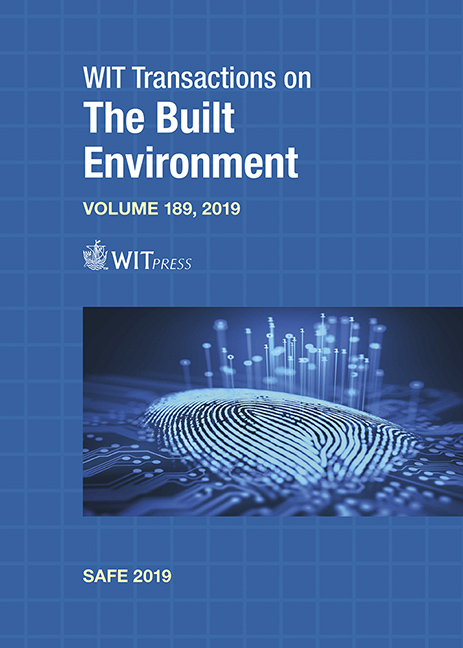COMPUTER-AIDED HAZOP STUDIES: KNOWLEDGE REPRESENTATION AND ALGORITHMIC HAZARD IDENTIFICATION
Price
Free (open access)
Transaction
Volume
189
Pages
12
Page Range
55 - 66
Published
2019
Paper DOI
10.2495/SAFE190061
Copyright
WIT Press
Author(s)
JOHANNES SINGLE, JÜRGEN SCHMIDT, JENS DENECKE
Abstract
Safety assessments are conducted to identify and assess the risks that arise from processes, process plants or technical systems in general. This includes the identification of potential hazards posed by plants. One recognized and generally accepted method for this is the hazard and operability (HAZOP) method. It is a human-centered process that is time- and labor-intensive. In the presented research approach, the structure of a computer-aided HAZOP system is described. The identification of hazards and malfunctions within technical systems is knowledge-intensive. Within this research approach, it transpired that the semantically correct and detailed modeling of deviation cause and effect relationships in the form of ontologies are of particular importance to draw correct conclusions. Thus, the guiding principles of a knowledge representation framework are described from a process safety perspective, and serve as a basis for the automatic identification of hazards. An integral understanding of the process, process plant and involved substances requires extensive knowledge. The way in which this knowledge is used and the search for hazards is conducted has an influence on the completeness of the results. Within this approach, the hazard/malfunction identification is conducted on different layers of abstraction to improve the efficiency of the search algorithm. The proposed methodology is applied within a case study to a technical system that consists of a compressor, vessel and valve. The first results demonstrate that the proposed method is well-suited to understand and identify the context of hazards and malfunctions. Thus, a system for computer-aided HAZOP studies can be used to assist HAZOP conductors in performing hazard analysis while increasing the speed of safety assessments and serving as a decision support system.
Keywords
computer-aided HAZOP study, hazard identification, ontology-based reasoning, decision support system, automatic hazard analysis





